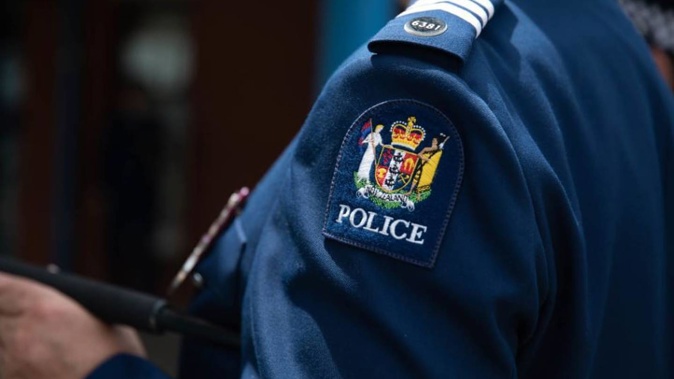

A police officer used excessive force when he punched a handcuffed woman in the head, leaving her with a cut above her eye, after she bit his arm, the police watchdog has ruled.
Police were at a family harm call in Mt Wellington, Auckland, where a woman was arrested for breaching her bail conditions in April last year.
But because she lay on the floor inside the house, refusing to get up despite being told she was under arrest, three officers had to carry her to the patrol car.
She was put in the back of the vehicle with her hands handcuffed behind her back and while two officers returned to the house, she began kicking the seats and centre console.
The remaining officer tried to call his colleagues on the radio but got no response.
Using her bare feet the woman then began kicking the rear passenger window and, fearing she could smash it and injure herself, the officer opened the car door and told her to stop.
However, as the door opened she tried to get out, so the officer put his hands on her shoulders to stop her and as he did, she bit his left forearm.
The officer responded by punching the woman in the face.
hhe woman, who suffered a cut above her left eye and bruising to the surrounding tissue, made a complaint to the Independent Police Conduct Authority (IPCA).
She claimed she lost consciousness for about a minute after the first blow, and when she came around she received a second punch to the head.
In the IPCA’s decision, released today, the officer, referred to as Officer A, said his punch was not very hard.
“It wasn’t a knockout punch. It wasn’t anything hard or vicious or anything in it. It was just a quick little tap, enough to get her jaw and mouth off my arm,” he told the IPCA.
Officer A said after delivering the blow, he quickly moved his arm away from the woman, referred to in the decision as Ms X, who sought medical attention at Auckland Hospital after being released from custody.
The doctor who examined Ms X recorded injuries on the left side of her face.
“She has no other or right-side face sx [signs and symptoms] of trauma or contusion, although she feels she was hit on the right-side forehead as well,” the findings detailed.
Authority chairman, Judge Kenneth Johnston KC, said the officer acknowledged he had an obligation to use the least amount of force necessary to stop the woman’s attack.
He said the test for reasonable force was finely balanced, but the officer’s actions were ultimately ruled excessive because a less violent option was available to him.
“In our view, he could have used an open palm strike, which is a tactic officers are trained in, to stop the assault, rather than punching the woman with a closed fist, which officers are not taught as part of their police training,” Judge Johnston said.
The authority also found police had failed to provide Ms X with appropriate medical care while she was in custody as they did not call a doctor to examine her.
Ms X’s injuries were not appropriately recorded or photographed by police officers, the authority concluded.
A criminal investigation into Officer A’s actions was undertaken but because Ms X did not engage in it, it was determined without her evidence there was not enough to charge him with assault.
Judge Johnston recommended guidelines be developed by police for appropriate staff to photograph injuries caused to officers and the public as a result of action taken.
Acting Superintendent Sunny Patel, relieving Auckland City district commander said high expectations were placed on all police employees and an employment process was carried out after the woman was punched.
“At a wider level, police are looking to refresh training for our staff around appropriately documenting a person’s injuries.”
The officer who punched Ms X remains an employee of New Zealand Police.
Leighton Keith joined NZME as an Open Justice reporter based in Whanganui in 2022. He’s been a journalist for 20 years covering a variety of topics and rounds.

Take your Radio, Podcasts and Music with you









